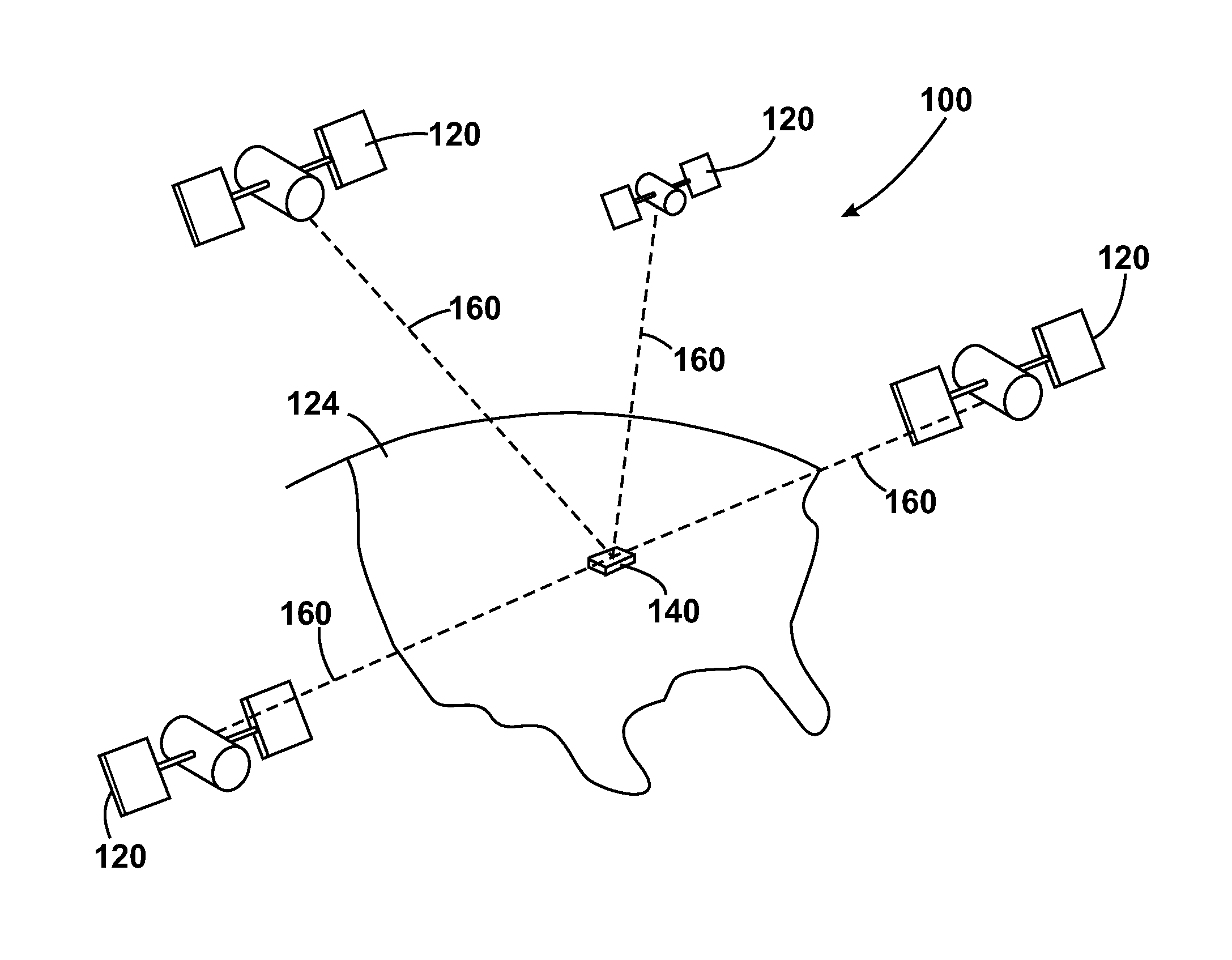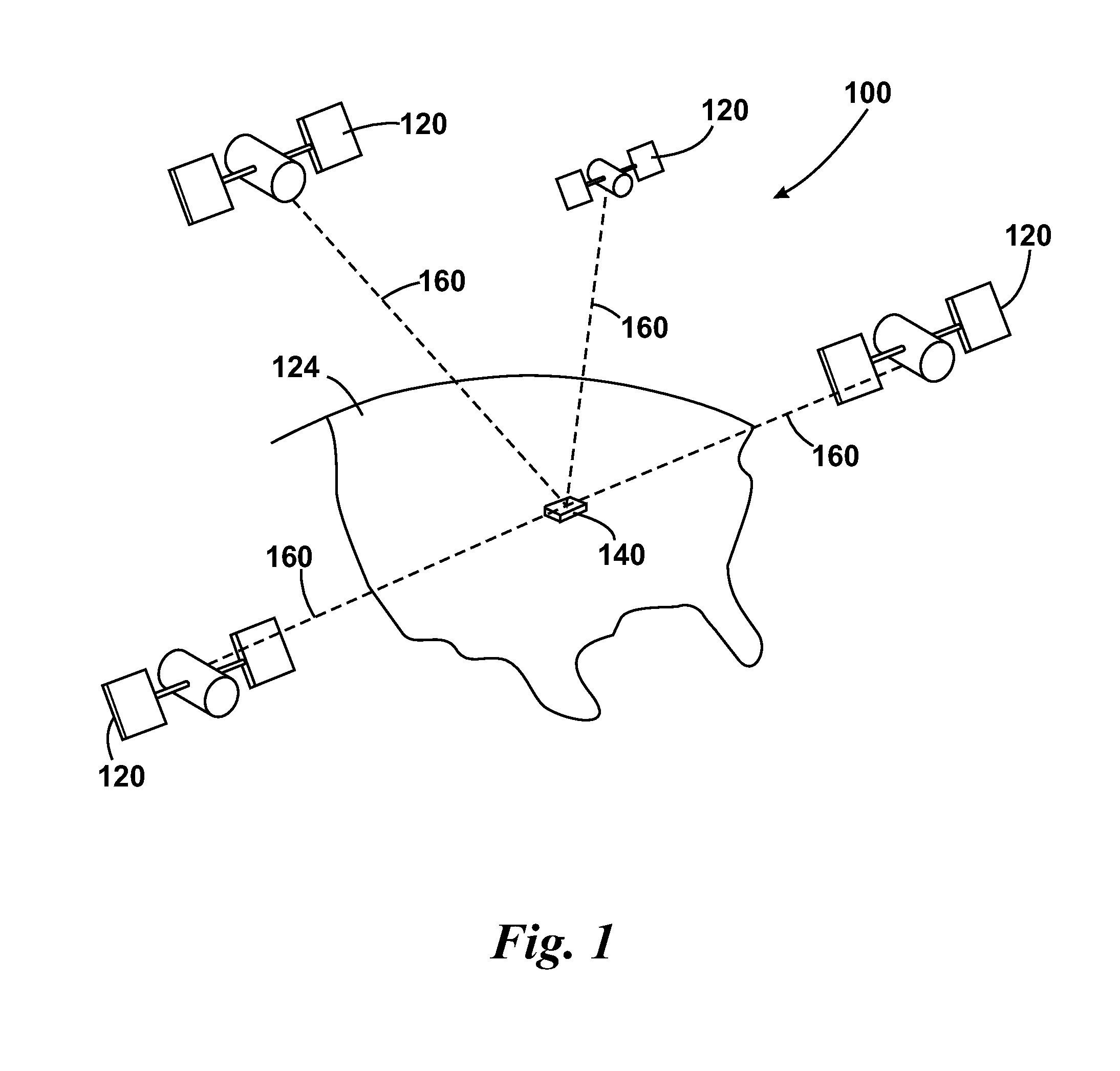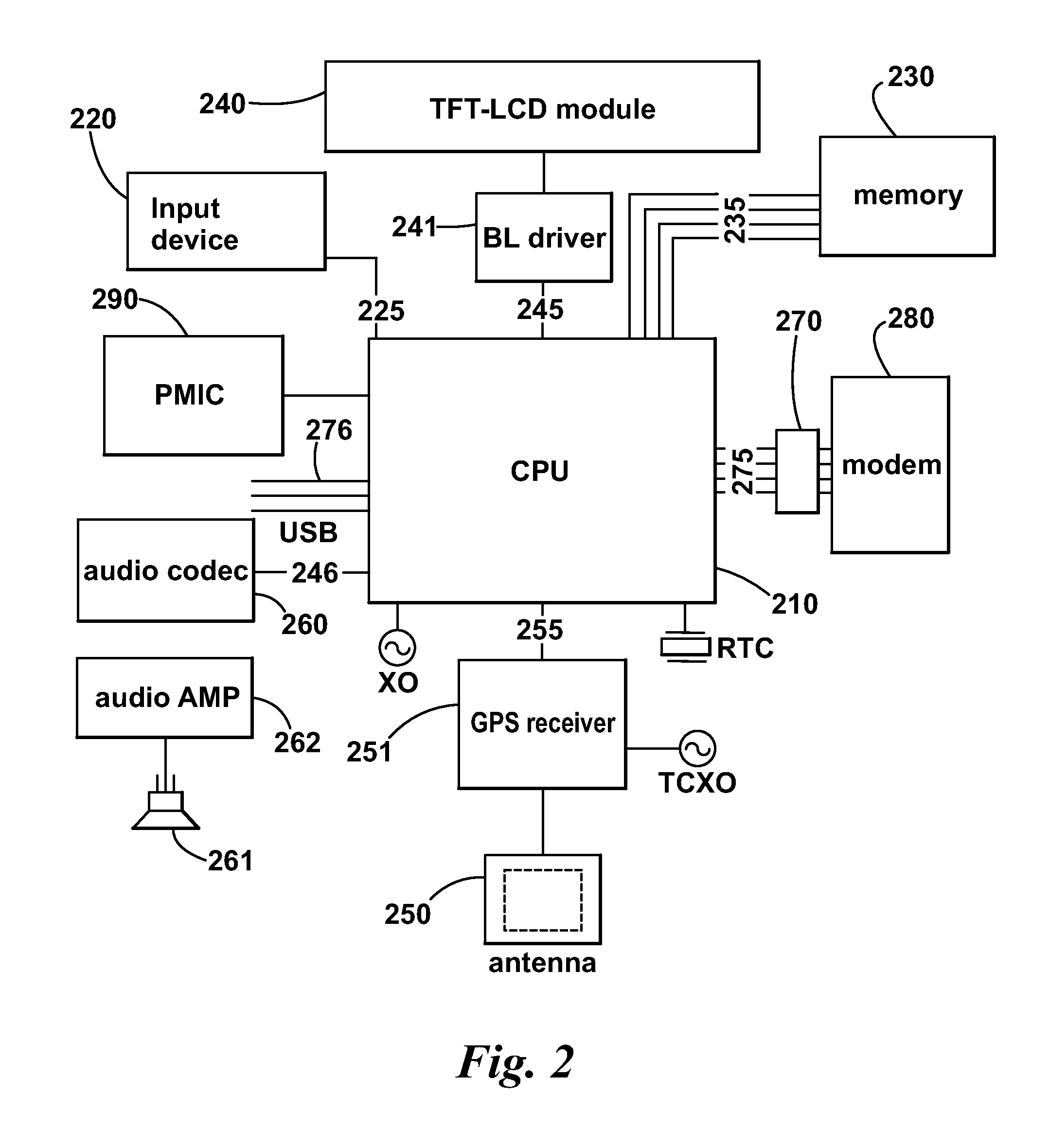Navigation device and method
a navigation device and navigation method technology, applied in the direction of navigation instruments, instruments, wave based measurement systems, etc., can solve the problems of particular problems, inability to trust position information, delay in pnd carrying out/being enabled to carry out specified functions, etc., to avoid needless processing and reduce the effect of
- Summary
- Abstract
- Description
- Claims
- Application Information
AI Technical Summary
Benefits of technology
Problems solved by technology
Method used
Image
Examples
Embodiment Construction
[0092]Preferred embodiments of the present invention will now be described with particular reference to a PND. It should be noted, however, that the teachings of the present invention are not limited to PNDs but are universally applicable to any type of processing device that is configured to provide position information using a Global Navigation Satellite System (GNSS). It follows therefore that in the context of the present application, a navigation device is intended to include (without limitation) navigation devices, irrespective of whether that device is embodied as a PND, a navigation device built into a vehicle, or indeed a computing resource (such as a desktop or portable personal computer (PC), mobile telephone or portable digital assistant (PDA)) executing route planning and navigation software.
[0093]With the above provisos in mind, FIG. 1 illustrates an example view of Global Navigation Satellite System (GNSS) 100, usable by navigation devices 140. In general, GNSS is a s...
PUM
 Login to View More
Login to View More Abstract
Description
Claims
Application Information
 Login to View More
Login to View More - R&D
- Intellectual Property
- Life Sciences
- Materials
- Tech Scout
- Unparalleled Data Quality
- Higher Quality Content
- 60% Fewer Hallucinations
Browse by: Latest US Patents, China's latest patents, Technical Efficacy Thesaurus, Application Domain, Technology Topic, Popular Technical Reports.
© 2025 PatSnap. All rights reserved.Legal|Privacy policy|Modern Slavery Act Transparency Statement|Sitemap|About US| Contact US: help@patsnap.com



